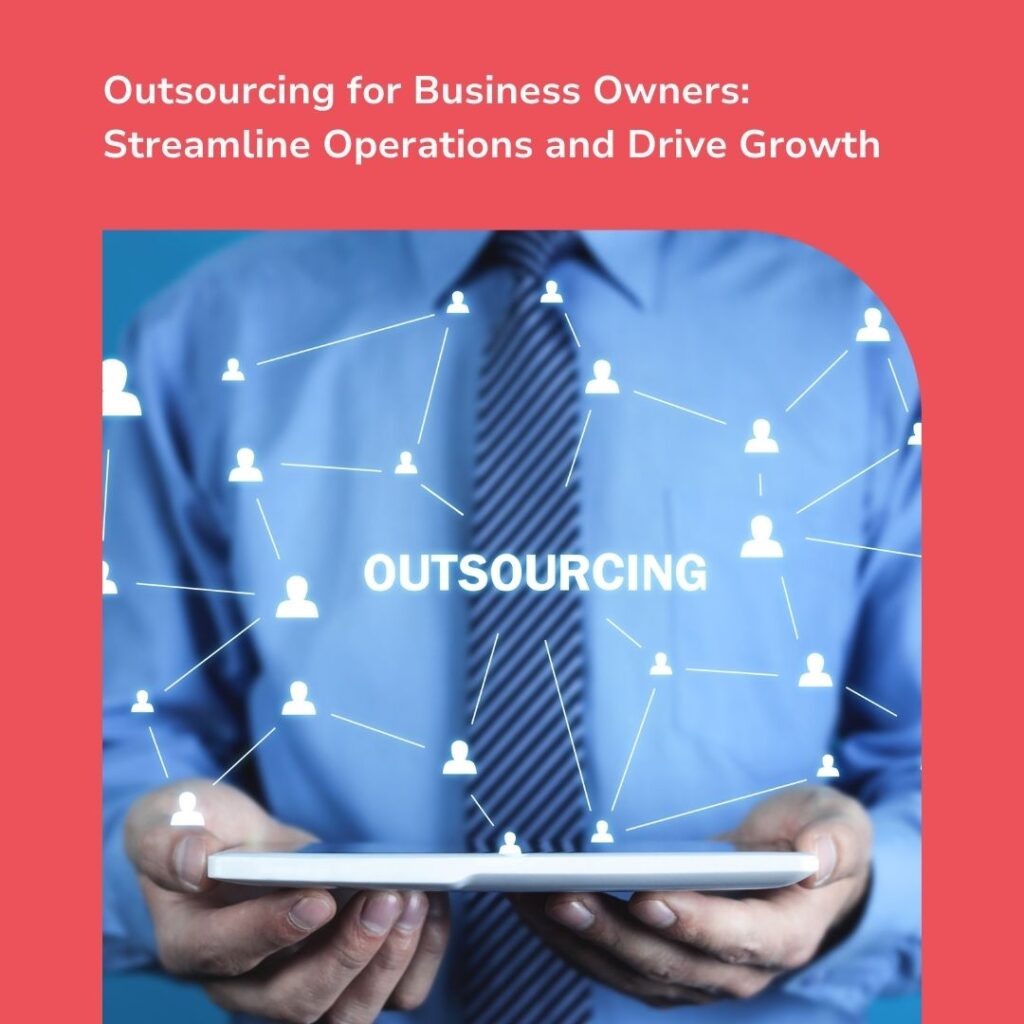Tags – Inclusive Design Principles
Inclusive design is a term that is becoming more and more popular in the web design world.
To put it simply, inclusive design principles refer to making websites accessible to everyone, regardless of ability or disability.
In this blog post, we will discuss 5 inclusive design principles that you can use to improve your website.
What is Inclusive Design?
The clue is in the name!
Essentially, inclusive design is the process of designing products and services that can be used by as many people as possible, regardless of ability or disability.
And, inclusive design principles are based on the idea that everyone – including those with disabilities – should have equal access to the same information and opportunities, no matter what their abilities may be.
However, it is not just about catering for people with disabilities; inclusive design recognises that we all experience situational impairments from time to time.
As such, it’s a forward-thinking way to address potential problems and address these accordingly.
On a website, some examples include:
- To accommodate fumbling thumbs, spreading out clickable links on mobile devices
- Making sure that mobile content may be processed with one hand
- Including audio material for the visually impaired
- Using specific colours to help people use your website in intense sunlight
Why is Inclusive Design Important?
To put it simply, a well-designed, inclusive website can provide the user a more pleasant experience, allowing them to use it in most situations and making it useful to a larger audience.
As a result, the website’s metrics improve – users stay longer on the site and are more engaged.
5 Inclusive Design Principles
Now that you have a better understanding of what inclusive design is, let’s look at some of the key principles that underpin it.

1. Content Structure
An obvious point, but the content on your website is the most important asset – great content is what engages your visitors, helps educate them and eventually turn them into a paying customer.
But whilst your content may be great, can your prospects actually read it?
Over 253 million people worldwide suffer from a type of visual disability, and that’s a lot of potential prospects you could be missing out on connecting with.
That said, you need to structure your content in a way that’s easy for users with visual, language and cognitive disabilities to read.
Just take this blog you’re reading now as an example – each block is broken up into smaller sections and divided by sub-headers, which will help those who struggle with keeping their place with blocks of content that are too long.
2. Flexibility
Another key principle of inclusive design is flexibility (the opposite would be rigid design).
This simply refers to the ability of a product or service to be used in different ways by different people, according to their individual needs and preferences.
In other words, it’s about making sure that everyone has the ability to interact with your website in a way that’s comfortable and convenient for them.
When you’re designing your website, think about ways in which you can make it more flexible.
For example, can users adjust the font size or contrast if they find it difficult to read small text? Is there an option to enlarge images if someone has difficulty seeing them clearly? Can people navigate your website using only their keyboard if they don’t have a mouse?
Inclusive design is all about making sure that everyone can use your website in the way that suits them best.
3. Avoid Overwhelming Visitors
Even though a bit of moving content can help make your site pop, too much, and it can be anxiety-inducing and pressurising, particularly for users with mental health needs, such as anxiety, autism or ADHD.
The WCAG provides clear instructions on moving content: moving material (such as GIFs, scrolling news feeds and auto-updating feeds) must have a pause mechanism if they start automatically, last longer than five seconds, and are parallel to other material.
You may decide whether or not to provide autoplay material based on your target audience; consider your more seasoned clients, who may be unfamiliar with web services.
As an example, as soon as you enter a website, many sites now have a live chat pop-up – this is an easy way to get in touch with someone.
It can, however, be annoying if a message appears every time you visit the site.
So in place of a pop-up, you could have a collapsible signposted live chat option in an unobtrusive location.
4. Attractiveness and Colour
Attractiveness refers to the idea that products and services should be visually appealing, regardless of ability or disability.
When you’re designing your website, think about ways in which you can make it more attractive.
Can you use bright colours and interesting graphics? Is there a varied selection of images? Can people change the background colour if they find the default setting too harsh or overwhelming?
Furthermore, when you’re displaying crucial information like a graph or an error on a form field, don’t make use of colour alone as the only visual indication.
Unfortunately, people with poor vision or colour blindness may have trouble distinguishing colours simply apart from one another.
Instead, use additional elements such as labels so the data is easy to differentiate.
5. Be Preventative and Tolerant
Every website has some sort of interaction, whether it’s as simple as clicking a link or filling out a contact form.
Or, more complicated operations such as purchasing a product or signing up for an account – handling these processes properly is crucial.
Essentially, when individuals start interacting with your site, you must give them the appropriate information upfront to avoid making mistakes and feeling silly.
Whilst the main goal of being preventative is to reduce errors, the broader aim is to build trust.
When people feel respected, trusted, and are not made to feel stupid when dealing with your website, the trust they develop reflects on your brand.
On the other hand, accept that everyone makes mistakes, and when they do, you need to be tolerant.
Factor this oh-so-human truth into the design from the start and your users will have a more pleasant, less stressful online experience.
Users will maintain their confidence indefinitely if they feel that we are doing everything we can to help them overcome mistakes.
And this began with the trust they developed while being preventative, and it’s long-lasting; if users are assured their actions are never irreversible, this reinforces reliability and influences whether or not users will visit your website more than once.
Wrapping Up
So those are five of the key principles of inclusive design.
All in all, when you’re designing your website, think about ways in which you can make it more user-friendly.
Can people easily find what they’re looking for? Is the layout simple and straightforward? Are all the buttons and links easy to see and use?
Inclusive design is all about making sure that everyone can use your website with ease.
Keep this in mind when you’re designing your website, and you’ll be well on your way to creating an inclusive experience for all users.
Please get in touch to find out more.
In the meantime, take a look at our web design services here.
You may also like:









